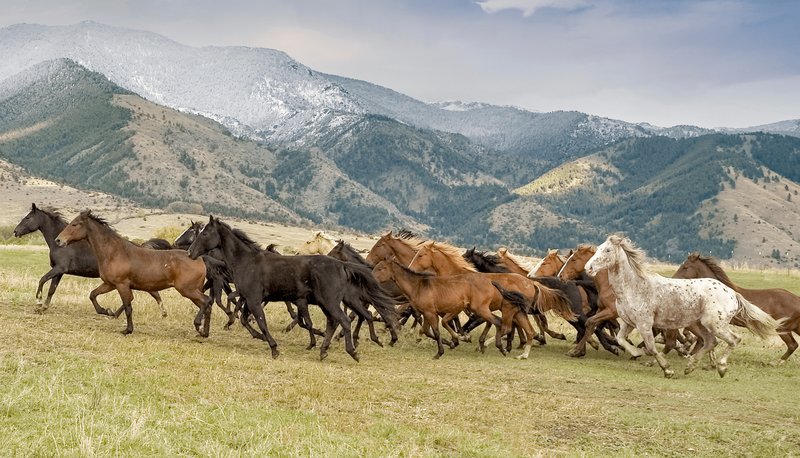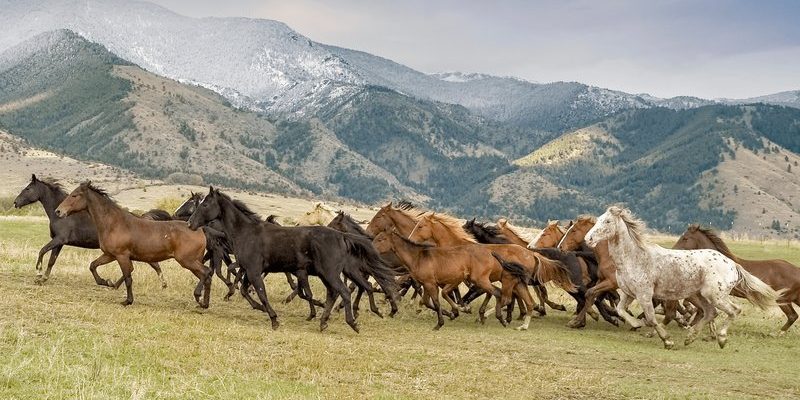
Imagine a wild animal like a fox or a deer as a runner in a marathon. They’ve got the stamina and resilience to keep going, but if they get sidelined by an injury—or in this case, the impact of wolf worms—they need time to heal before they can sprint again. In this article, we’ll delve into what wolf worms are, how they affect wild animals, and the journey of recovery these creatures undergo to return to their natural habitats.
What Are Wolf Worms?
You might be wondering, “What exactly are these wolf worms?” Well, they are the larvae of a type of fly known as the **Cuterebra**. These little guys are essentially nature’s way of recycling, laying their eggs in wild animal fur. When the eggs hatch, the larvae burrow into the animal’s skin, which sounds pretty gross, right? But this is how these flies ensure that their young survive and grow.
Wolf worms are primarily found in the wild in regions like North America, and they tend to target mammals such as rabbits, rodents, and even larger animals like deer and foxes. The larvae can cause discomfort, infection, or even serious health complications if left untreated. So, it’s not just an annoyance; it’s a genuine health concern for these animals.
Signs of Wolf Worm Infection
Recognizing the signs of wolf worm infection is crucial for recovery. Here are some common indicators:
- Visible Lumps: You might see raised bumps on the animal’s skin, which can indicate larvae presence.
- Behavioral Changes: Infected animals often become less active or more withdrawn, as they deal with discomfort.
- Wound Inflammation: The area around the lump may become red or swollen, suggesting an ongoing infection.
- Increased Grooming: Animals may groom excessively at the infected site, trying to relieve irritation.
It’s important to note that if you spot these signs, the animal may need assistance. Wildlife rehabilitators can help manage the infection and provide any medical treatment necessary for recovery.
The Recovery Journey
Recovering from wolf worm exposure isn’t instantaneous—it’s a process. Like any illness, wild animals need time, care, and sometimes intervention to heal. Here’s what the recovery journey generally looks like:
1. **Initial Treatment:** Once the infection is confirmed, the first step is often to remove the larvae safely. This can be done by a vet or wildlife rehab expert. They may need to clean the area as well to prevent infection.
2. **Medication:** In some cases, animals might need antibiotics to combat any infection from the larvae. This is like when we take medication to aid our recovery from an illness—it’s about giving the body the help it needs to heal.
3. **Rest and Recovery:** After treatment, animals typically need a safe, quiet space to rest. Think of it as their recovery room. This is crucial for allowing their immune system to regain strength, much like how we need rest after being sick.
4. **Gradual Reintroduction:** Once they’re healed, wild animals can’t just jump back into their old routines. They need a gradual reintroduction to the wild, often starting with smaller areas before they return to their natural habitat.
Role of Wildlife Rehabilitation Centers
Wildlife rehabilitation centers are like hospitals for wild animals. They play a crucial role in the recovery of those affected by wolf worms. Here’s how they help:
– **Expert Care:** Trained professionals monitor and treat animals with the necessary expertise. They understand the specific needs of various species and tailor care accordingly.
– **Education:** These centers also educate the public about the dangers of wolf worms. Awareness can help prevent future infections and promote healthier wildlife populations.
– **Release Programs:** After recovery, these centers often have structured release programs to ensure that rehabilitated animals are safely returned to the wild, helping them reintegrate into their original environments.
Prevention of Wolf Worm Exposure
Preventing wolf worm exposure is key to protecting wildlife. While we can’t control everything, there are some proactive steps we can take to help:
- Habitat Monitoring: Keeping an eye on local wildlife and their habitats can help identify potential problems early.
- Community Programs: Engaging in local wildlife programs or clean-up initiatives can create healthier environments for wild animals.
- Education Initiatives: Spreading awareness in your community about wolf worms and their effects can help others be vigilant.
Remember, healthy wildlife means a thriving ecosystem, and when we protect one species, we’re often helping many others as well.
In nature, every recovery is a testament to resilience and strength. Just as we handle our challenges, wild animals face their own battles, like those posed by wolf worms. Understanding their recovery journey not only deepens our appreciation for wildlife but also motivates us to protect it.
By being informed and raising awareness, we can all play our part in ensuring that wild animals can continue to thrive, bounce back from adversity, and take their place in the environment. So, the next time you see a wild animal, remember the silent struggles they endure and feel inspired to help them flourish in the wild.

